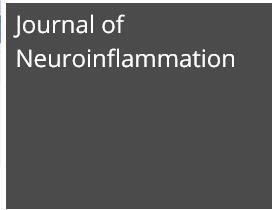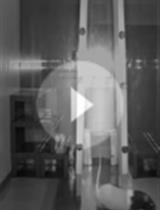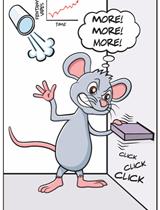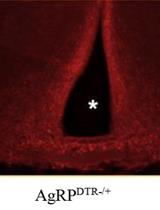- EN - English
- CN - 中文
A Controlled Cortical Impact Mouse Model for Mild Traumatic Brain Injury
轻度脑外伤模型建立:小鼠脑皮层可控性撞击模型
发布: 2016年08月20日第6卷第16期 DOI: 10.21769/BioProtoc.1901 浏览次数: 13308
评审: Soyun KimXiaoyu LiuXi Feng
Abstract
Traumatic brain injury (TBI) affects millions of people worldwide; however, the immediate impact of TBI and the secondary injury mechanisms are still not fully understood. TBI can cause devastating neuromotor deficits in both acute and chronic stages. Time course studies utilizing animal models of focal TBI have provided essential insight into TBI neuropathology. Here, we describe a surgical technique for creating a mouse model of focal, mild TBI (Dixon et al., 1991; Smith et al., 1995; Bolkvadze and Pitkanen, 2012). Furthermore, we provide protocols for validating TBI models using behavioral tests that examine post-traumatic neuromotor deficits resulting from TBI neuropathology (Fujimoto et al., 2004; Febinger et al., 2015; Smith et al., 1995; Bolkvadze and Pitkanen, 2012).
Keywords: TBI (TBI)Materials and Reagents
- Sterile cotton tipped applicators
- Gauze pads (ATC Medical, CurityTM, catalog number: 686132 )
- Nolvasan surgical scrub (Zoetis Inc., catalog number: 8NOL413 )
- Adult C57BL6/J laboratory mice (6 weeks old)
- 70% ethanol
- Isoflurane
- Opthalmic ointment
- 3.0% hydrogen peroxide solution
- Sterile saline
- VetBond glue (3M, catalog number: 1469SB )
- 70% isopropanol
Equipment
- Surgical Tools
- Scalpel handle (Fine Science Tools, catalog number: 10003-12 )
- Sterile scalpel blades (Fine Science Tools, catalog number: 10010-00 )
- Dumont forceps (Fine Science Tools, catalog number: 11251-10 )
- 5.0-mm diameter trephine (Figure 1) (Fine Science Tools, catalog number: 18004-50 )
- Pin vise (Figure 1) (ProEdge, catalog number: PRO58111 )
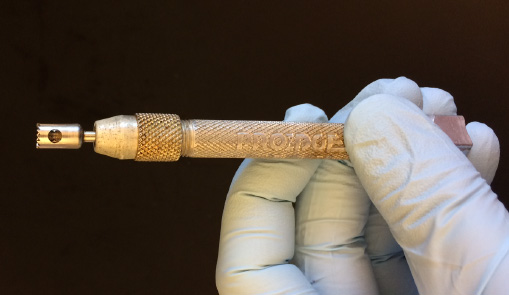
Figure 1. Trephine in pin vise - Hot bead sterilizer (Fine Science Tools, catalog number: 18000-45 )
- Warm water recirculator (Kent Scientific, catalog number: TP-700 )
- Polystyrene weighing boat
- Controlled cortical impact (CCI) device (Impact One Stereotaxic Impactor for CCI) (Leica Biosystems, catalog number: 39463920 )
- 3.0-mm diameter metal piston (Leica Biosystems , catalog number: 39463920)
- Small animal stereotaxic instrument with mouse adapters (Kopf Instruments, model: 900 and 923-B )
- Scale
- Leather hole punch, sharp (Anytime Tools)
- Incandescent lamp (50-75 watt)
- Inclined plane device, custom made (Figure 2) (The angle board device is 50 x 60 cm in size and is covered with a vertically grooved rubber mat. The platform was attached to a hinge, allowing the researcher to manually adjust the angle of the board.)
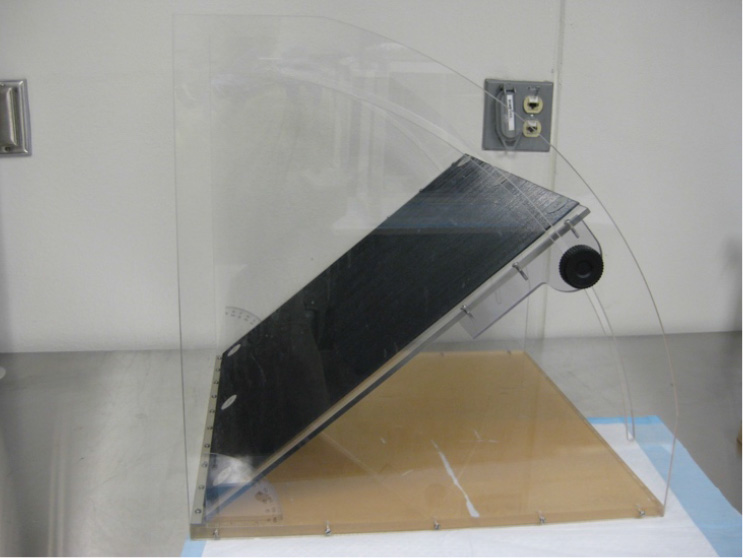
Figure 2. Inclined plane (custom made)
Procedure
文章信息
版权信息
© 2016 The Authors; exclusive licensee Bio-protocol LLC.
如何引用
Febinger, H. Y., Thomasy, H. E. and Gemma, C. (2016). A Controlled Cortical Impact Mouse Model for Mild Traumatic Brain Injury. Bio-protocol 6(16): e1901. DOI: 10.21769/BioProtoc.1901.
分类
神经科学 > 行为神经科学 > 实验动物模型
您对这篇实验方法有问题吗?
在此处发布您的问题,我们将邀请本文作者来回答。同时,我们会将您的问题发布到Bio-protocol Exchange,以便寻求社区成员的帮助。
提问指南
+ 问题描述
写下详细的问题描述,包括所有有助于他人回答您问题的信息(例如实验过程、条件和相关图像等)。
Share
Bluesky
X
Copy link



